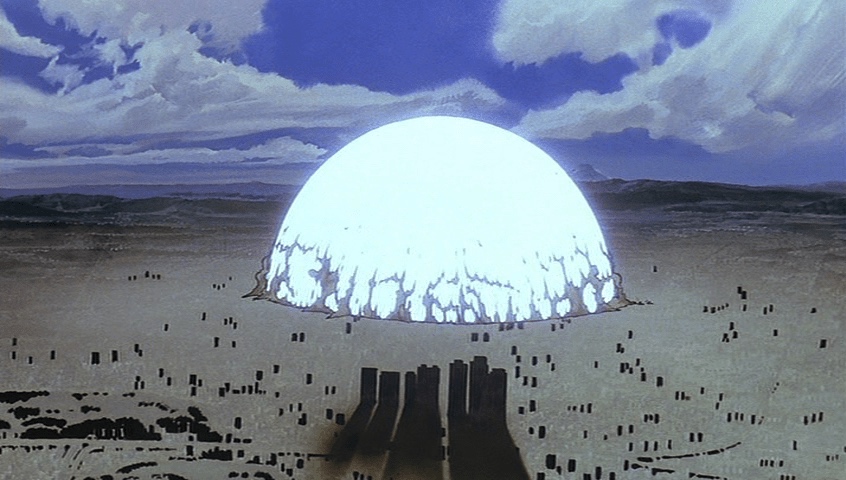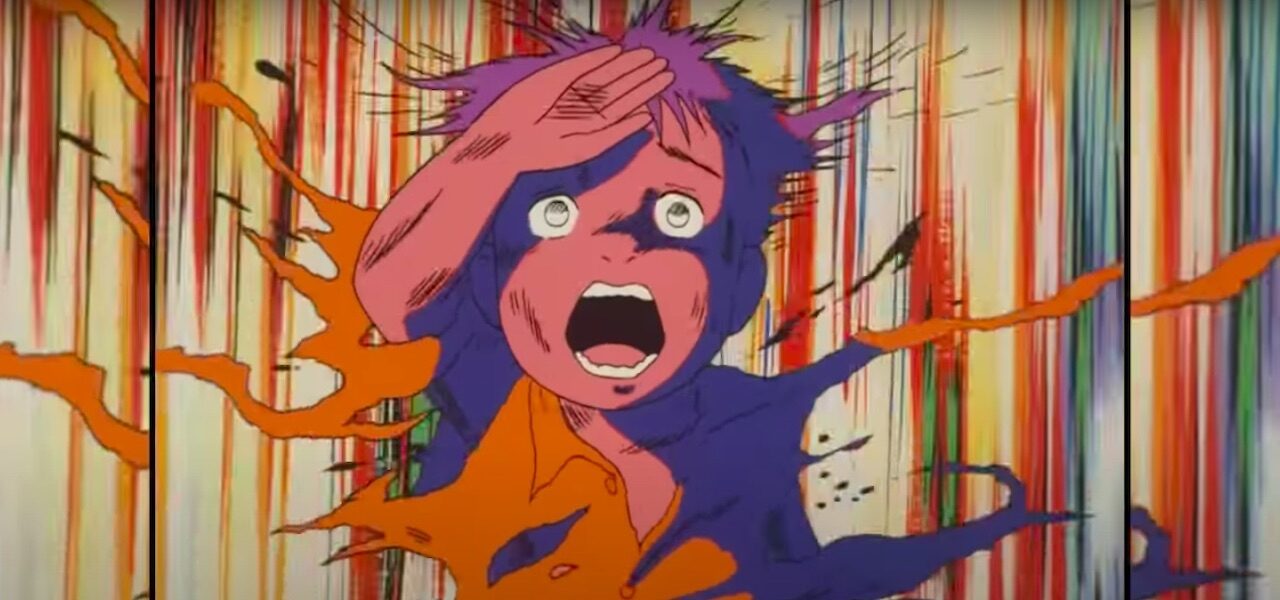
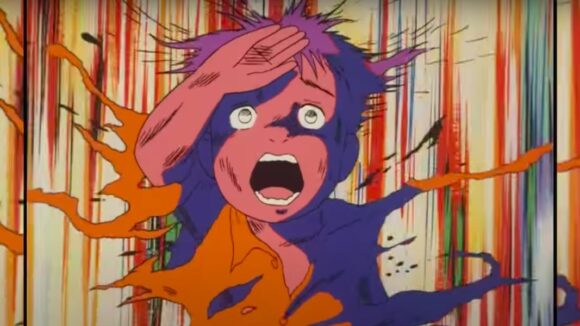
Hiroshima At 75: Five Ways In Which Animation Has Depicted The Bomb
Seventy-five years ago today, the U.S. dropped the world’s first atomic bomb on Hiroshima. It wreaked immediate destruction on the city, inflicted more gradual harm on its people through radiation poisoning, and triggered debate about the ethics and purpose of nuclear weaponry that continues to this day.
There are countless eyewitness accounts of the bomb (and its counterpart in Nagasaki). But the physical damage it caused was so extreme, instantaneous, and unique in history that artists seeking to depict it are faced with a challenge. Animation has a special place in this tradition, as it is well suited to representing subjective experience of trauma. With its strong connection to young audiences, the medium has also served as a vehicle for educational films about Hiroshima.
In Japan, the bomb was not shown in animation for decades after it happened — first due to censorship under the U.S. occupation, then for more nuanced reasons rooted in how society chose to remember the war. Since the 1970s, however, this formative event in world history has been addressed many times in anime, both explicitly and indirectly. Here are five examples…
Pica-don (1978)
One of the first animated works to tackle the subject head-on is this seven-minute independent short. In a series of vignettes, it shows inhabitants of the city immediately before and after the blast, revealing the bomb’s physical effects in imagery that’s both gruesomely expressionistic and true to life — the film is grounded in thorough research. The directors, Renzo and Sayoko Kinoshita, went on to found the Hiroshima Animation Festival with a pacifist mandate.
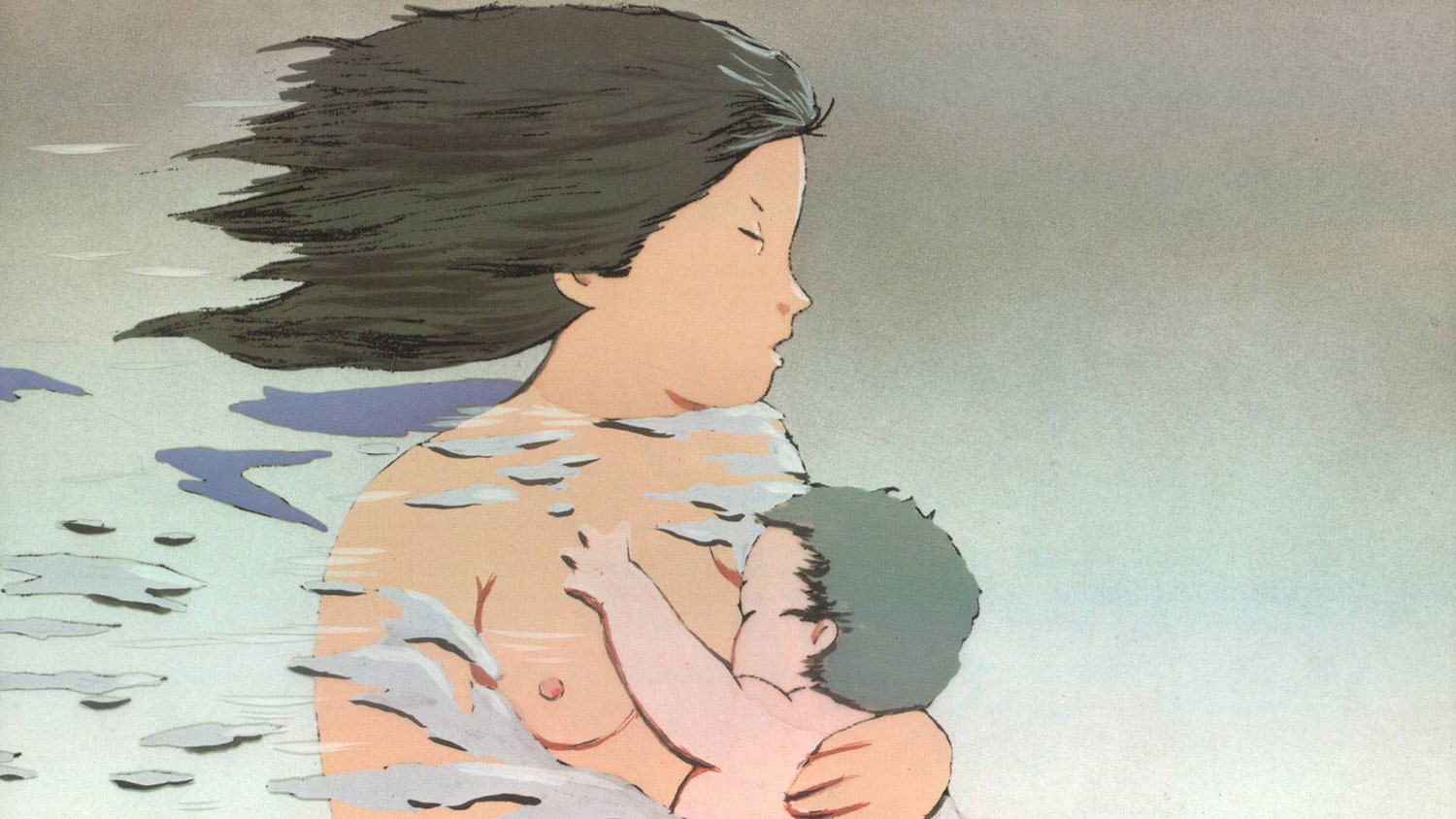
Barefoot Gen (1983)
Based on Keiji Nakazawa’s manga memoir of the same name, this feature (courtesy of renowned anime studio Madhouse) remains the ultimate Hiroshima film in animation. Its coming-of-age narrative follows Gen, a six-year-old boy who loses most of his family to the bomb, yet somehow finds the inner strength to move on. The staging of the bomb scene is indebted to Pica-don, but the film looks beyond that event, serving as an allegory for Japan’s swift recovery from the war. A sequel followed in 1986.
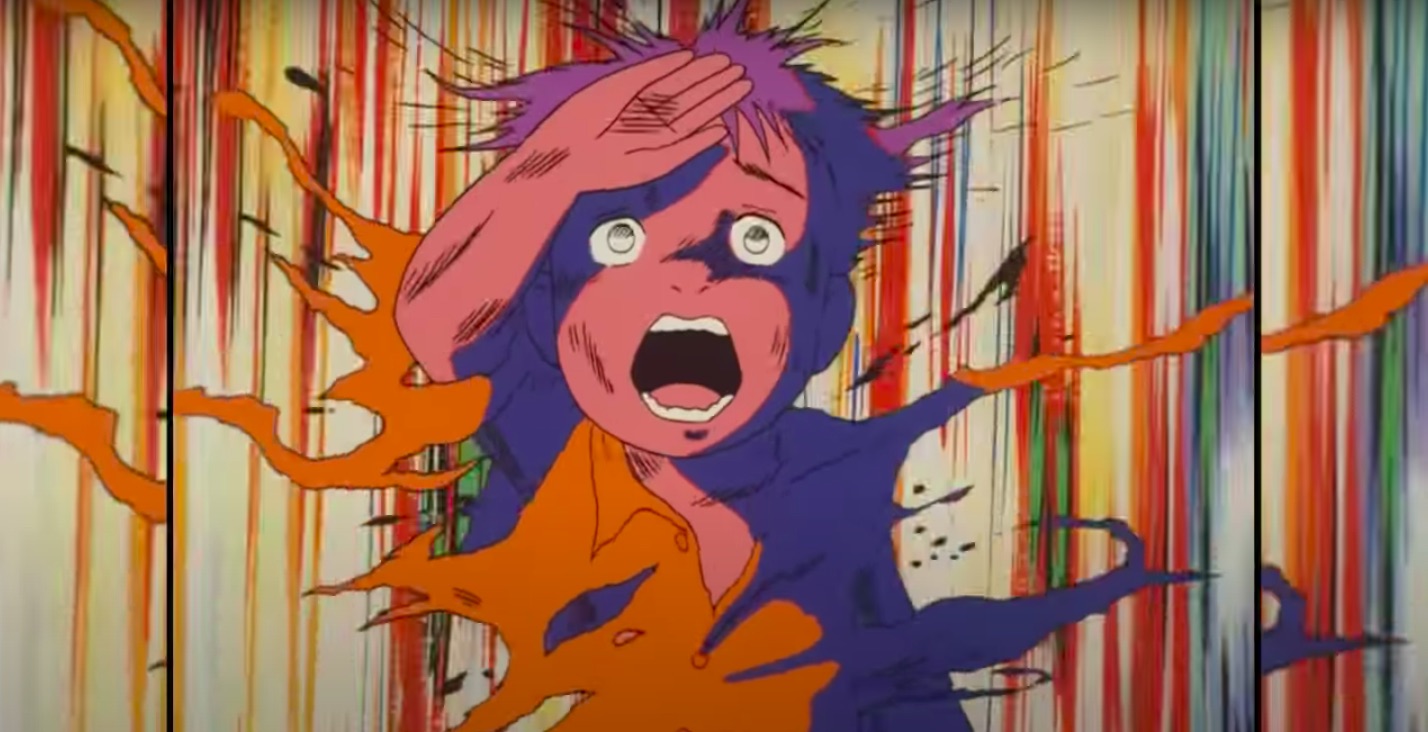
In This Corner of the World (2016)
If Barefoot Gen sets its sights on Japan’s postwar trajectory, this recent hit recounts the build-up to the bomb. The rapid militarization of the 1930s, followed by the growing privations of the war years, are framed through the experiences of a virtuous young woman living near Hiroshima. Directed by onetime Miyazaki protégé Sunao Katabuchi, the film unfolds as a gentle, intimate character study — until the fateful day comes.
Beneath the Black Rain (1984)
Also based on a Nakazawa manga, this anthology film traces the interconnected lives of bomb survivors in postwar Hiroshima. One woman agonizes over whether her baby will carry mutant genes, while another takes revenge by turning to prostitution and giving syphilis to American servicemen. Subtle it ain’t — Americans are depicted as depraved villains throughout — but as a study of the physical and emotional scars left by the bomb, it’s powerful and unusual.
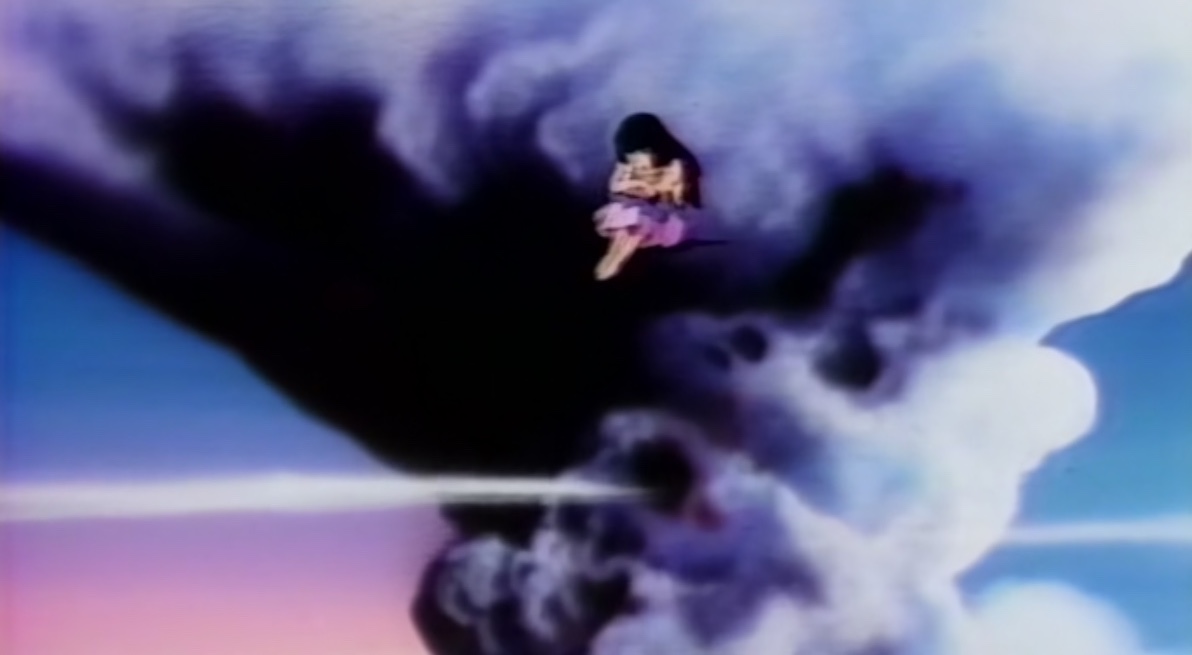
Akira (1988)
Katsuhiro Otomo’s towering classic isn’t about Hiroshima as such, but it’s a good example of how the bomb’s iconography permeates much anime (and indeed art) in Japan. The film opens with Tokyo’s devastation in a future nuclear attack, and ends with another cataclysm that resembles the bomb. It goes further, satirizing the rampant militarism that led Japan onto the war path in the first place.
